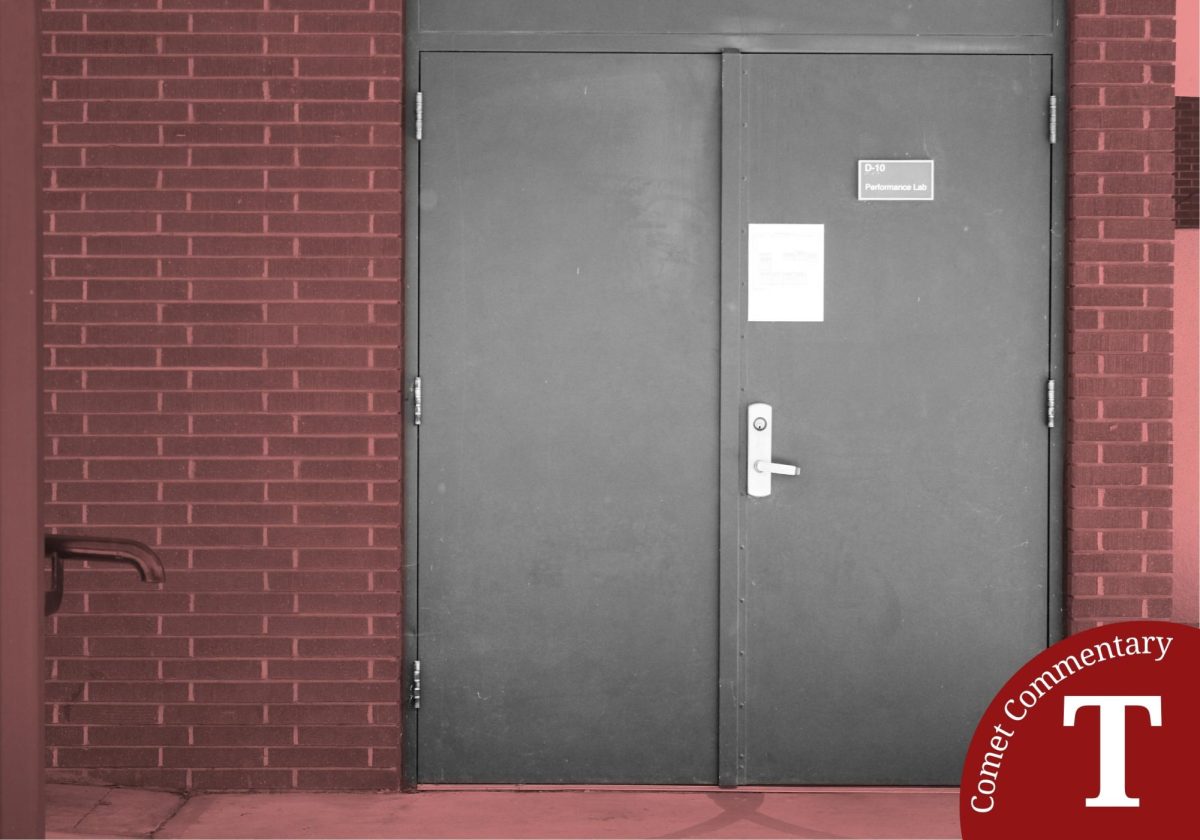If a child eats their veggies, does some jumping jacks and sleeps a few hours at night, they’re perfectly healthy, right? Wrong, that’s not always the case.
American society has deemed this ideal as ‘healthy.’ However, many Americans neglect the other very crucial element that contributes to well-being: mental health.
American society has a problem, there is not enough emphasis placed on nurturing and prioritizing mental health the same way as physical fitness. This cultural and action-based shift should start at the source, with the youth in our classrooms.
According to the Centers for Disease Control and Prevention, 1 in 5 youth aged 13–18 experiences a severe mental disorder at some point during their life.
Even more troubling is the utter lack of treatment, recognition, and services provided to assist those affected. A staggering 63.1 percent of youth with major depression don’t receive treatment, according to the Suicide Prevention Resource Center. Meaning, children with clinical illnesses progress into adulthood without proper care.
High school students spend an average of 1,129.44 hours per year in classrooms, as as stated by the National Center for Education Statistics. Students spend an equal amount of time, if not more, with their peers and teachers than they do with their families. For that reason, the classroom plays an essential role in supporting the mental health of those children.
Highlighted in NPR Ed, experts point to an ideal model, a “multi-tier system of supports” that incorporates the entirety of the staff. This system starts with support for all students and moves on to more and more specialized help.
Lawrence D. Crocker College Prep in New Orleans follows a model that incorporates the tiered, community-driven approach. Starting with the vigilance of the principal, Amanda Aiken, to the first responder social workers and on-call clinical care.
“We need to make sure what we’re doing is not re-traumatizing,” Aiken said to NPR Ed. “I see the principal as the leader in setting the tone and the culture of how school will support students and families.”
The school also offers a social-emotional curriculum, activities such as yoga focuses on keeping suspension rates low through restorative justice.
The solution to the mental health problem is not, “send every child to therapy.” Rather, American society needs to undergo a shift to prioritize the mental well-being of children through a multi-tier system in schools. This could be in the form of monthly exercises, creation of focus groups and most importantly, increased vigilance and engagement of school administrators, counselors and clinical professionals.
No longer should children silently suffer from mental health issues such as anxiety and depression. Be an advocate for mental health initiatives in the schools of your loved ones or in your own workplace or educational institution to end the stigma that’s plagued America for too long.












